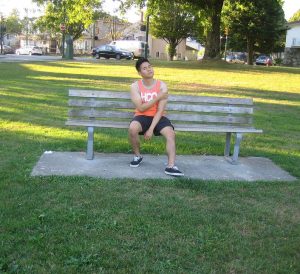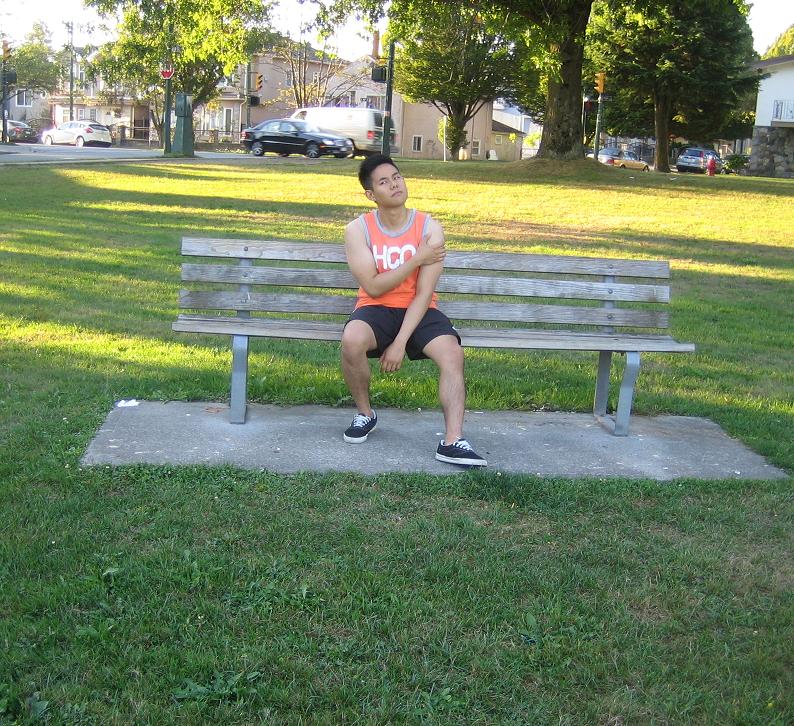A clavicle fracture involves damage in the collarbone. Generally, the collarbone is one of the major bones in the shoulder. This type of fracture is fairly prevalent in adults and most common causes of why the condition occurs are when a fall onto the shoulder or an extended arm places enough pressure to the collarbone where it snaps or breaks.
Most cases of a clavicle fracture can be managed by wearing a sling to immobilize the arm and shoulder as the bone recuperates. In some serious cases of clavicle fractures, the segments of bone move far out of its proper position when the injury transpired in which is surgery is required to realign the collarbone for it to heal properly.
Clavicle fractures are fairly common and can occur to people of any age. The severity of a clavicle fracture varies, the bone can have a slight crack or break into many pieces, depending on how severe the impact was. The broken pieces of the bone may line up straight or far out of place from each other.

Causes of a clavicle fracture
Most cases of a clavicle fracture are due to a direct blow to the shoulder. This can happen during a fall onto a shoulder or from an automobile accident.
Signs and symptoms
- At first, bruising, swelling, and/or tenderness over the collarbone
- A deformity or “bump” over the break
- Inability to lift the arm because of the pain you feel
- Lastly, a grinding sensation when you try to raise the arm
Management
For nonsurgical treatments, arm support can be done by applying a simple arm sling on the injured arm for comfort and to prevent any movement to let the injury heal by itself. Pain medication may also be taken to help relieve pain that may cause discomfort.
For surgical treatments, your doctor may recommend surgery. Generally, surgery typically involves putting the broken pieces of the bone back into its proper position and preventing them from moving out of place until they heal naturally. In most cases, the doctor uses the open reduction and internal fixation procedure in treating this kind of fracture. During this procedure, the doctor repositions the bone fragments into their proper alignment. The doctor uses a special metal hardware to hold the pieces of bone in place. This could be with plates and screws or pins and screws.
Disclaimer / More Information
The material posted on this page on a clavicle fracture is for learning purposes only. Learn to recognize the signs and how it is managed by taking a first aid and CPR class with one of our training providers.
FACT CHECK
https://www.orthobullets.com/trauma/1011/clavicle-shaft-fractures
https://en.wikipedia.org/wiki/Clavicle_fracture
https://orthoinfo.aaos.org/en/diseases–conditions/clavicle-fracture-broken-collarbone/
